We need to detect whether the images produced by our tunable lens are blurred or not.
We want to find a proxy measure for blurriness.
My current thinking is to first apply Sobel along the x direction because the jumps or the stripes are mostly along this direction. Then computing the x direction marginal means and finally compute the standard deviation of these marginal means.
We expect this Std is bigger for a clear image and smaller for a blurred one because clear images shall have a large intensity or more bigger jumps of pixel values.
But we get the opposite results. How could we improve this blurriness measure?
def sobel_image_central_std(PATH):
# use the blue channel
img = cv2.imread(PATH)[:,:,0]
# extract the central part of the image
hh, ww = img.shape
hh2 = hh // 2
ww2 = ww// 2
hh4 = hh // 4
ww4 = hh //4
img_center = img[hh4:(hh2+hh4), ww4:(ww2+ww4)]
# Sobel operator
sobelx = cv2.Sobel(img_center, cv2.CV_64F, 1, 0, ksize=3)
x_marginal = sobelx.mean(axis = 0)
plt.plot(x_marginal)
return(x_marginal.std())
Blur #1
Blur #2
Clear #1
Clear #2



